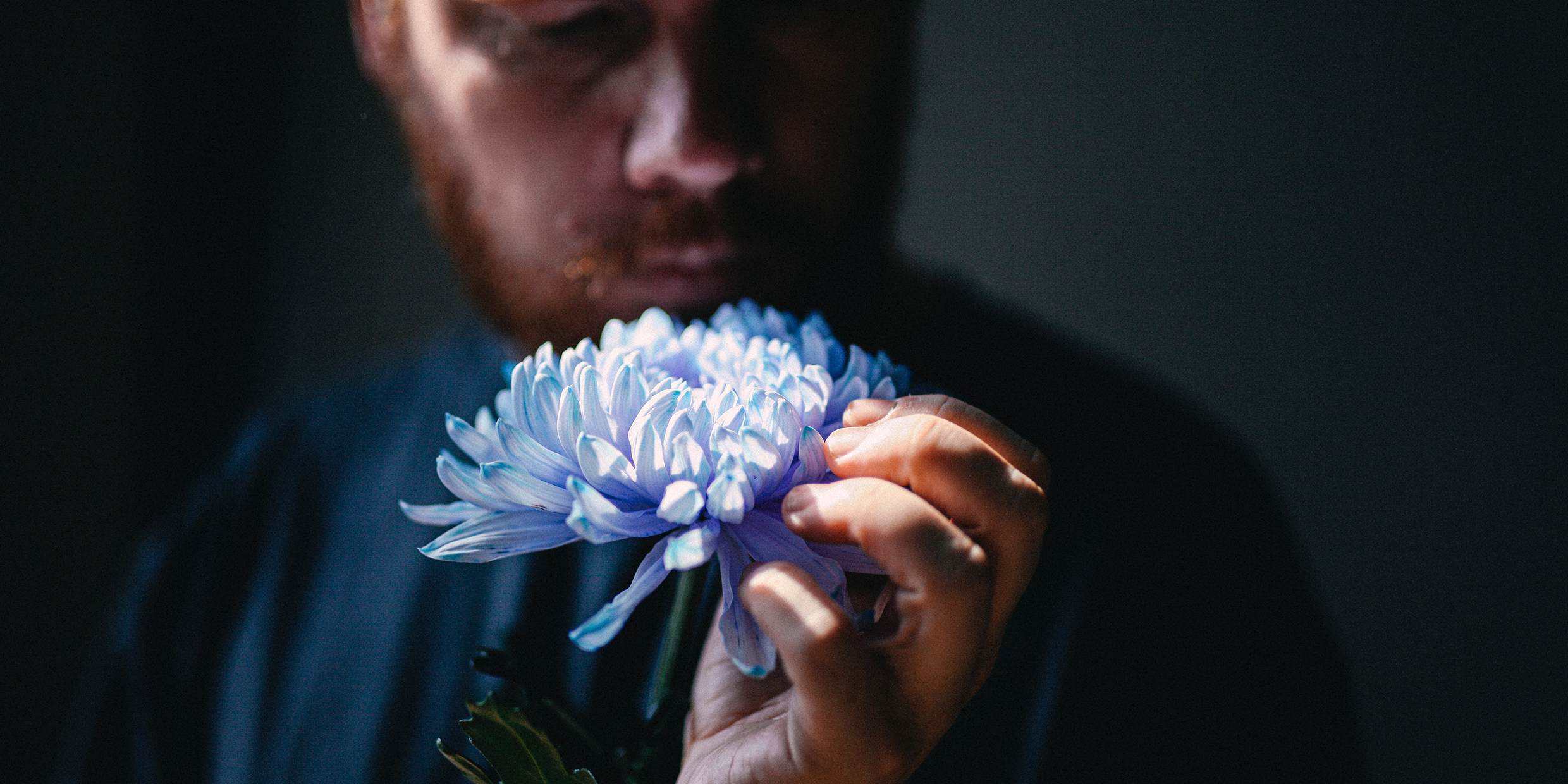Originally published 15 May 2001
Diane Ackerman begins her A Natural History of the Senses with this bold assertion: “Nothing is more memorable than a smell.”
Well, thanks, Diane.
You see, I have no sense of smell. My affliction is called anosmia by scientists, but it is rare enough not to have a common name. Ackerman suggests “smumb” as an appropriate moniker (“There goes Chet. He’s smumb.”). No thanks, I’ll stick with anosmia.
Some folks can’t smell because of an accidental bump to the head, or allergies or infection. I was born this way. Nary a scent has excited my brain since the day I was born, at least none I remember. A doctor once suggested that I might have suffered a trauma to the frontal lobe of my brain at birth, but he was just guessing. To tell the truth, I haven’t a clue why my nose doesn’t work.
I’m missing what Ackerman calls “all of the heady succulence of life.” Many a time I’ve downed a dark mug of hot water, having forgotten to put in the instant coffee. I can’t tell mashed carrots from mashed potatoes. The only taste sensations I have are those that reside on the tongue — sweet, sour, salty, bitter.
We learned in school that taste buds for each taste sensation were located in different places on the tongue: Sweet and salty at the front, sour at the sides, bitter at the back. But this is wrong, according to taste researchers David Smith and Robert Margolskee, writing in the March issue of Scientific American.
Apparently, our taste buds — tiny onion-shaped receptors embedded in the tongue — are multipurpose. Each bud can deliver multiple sensations to the brain. The buds are complex chemical processors capable of sorting out an assortment of molecular stimuli.
For example, the salty pleasure I derive from anchovies or feta cheese begins with sodium chloride molecules, NaCl, approaching a taste cell. The atoms in the molecules disassociate, and sodium ions enter the cell through special channels on its surface. The accumulation of sodium ions in the cell enables calcium ions to enter, too. This prompts the release of chemical signals called neurotransmitters that trigger adjacent nerve cells. A message zips to the brain. Yum, I’ll have more anchovies, please.
The sense of smell is rather different. The 100 million olfactory receptors in the nose are bare nerve endings; no fancy buds to do complex biochemistry. As the chemist, P. W. Atkins, said:., “In essence, the brain is exposed in the nose.” Smell is raw and primitive, a link to our pre-mammalian past.
The triggering mechanism for smell is lock-and-key. Molecules of a certain shape fit nooks and crannies on nerve-cell proteins, causing the nerve to send messages down the line — musk, violet, pine, bacon. Each day our lungs pump hundreds of cubic feet of air across the olfactory sites in our noses, and dozens of different scents, alone or in combination, are detected.
All sensation is chemical. Molecules are the messengers that connect the world “out there” to the imaginary worlds we build in our heads. What a miracle it is, when you think about it. Our wonderfully rich interior lives, our dreams, memories, loves and lusts are mediated by chemistry. The “heady succulence of life” is molecules.
And I’m apparently missing a lot of it. Somewhere along the biochemical pathways that link the nerve endings in my nose to my brain, there’s a hitch.
Several companies now offer artificial noses, handheld electronic devices that respond with electronic or optical signals when certain olfactory stimulants are detected. An electronic nose might keep me from drinking hot water rather than coffee, or, more importantly, remind me that the gas stove in on without a light, but it will never do much for my inner life. For that I have to rely on art.
There’s a gorgeously sensuous novel by Patrick Suskind called Perfume that is about as close as I have ever gotten to imagining smell. It is about a man born without a personal scent but with an unnaturally acute sense of smell, who apprentices himself to a perfumer in 18th-century France and masters the craft of distilling aromas.
Orange, lime, clove, musk, jasmine, bergamot, attar of roses, ambergris, civet, sandalwood: Of these and a thousand other scents, our hero mixes aromas “capable of creating a whole world, a magical, rich world, and in an instant you forgot all the loathsomeness around you and felt so rich, so at ease, so free, so fine…”
His quest for the ultimate scent that will give him irresistible power over others leads him at last to murder — and to an unspeakably horrible end. Suskind’s talent is to portray the outer and inner worlds of smell in words so vivid that it almost lets me feel those lock-and-key molecules tickling my nose.



